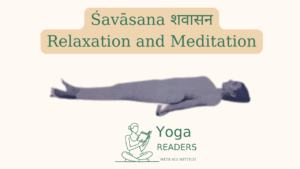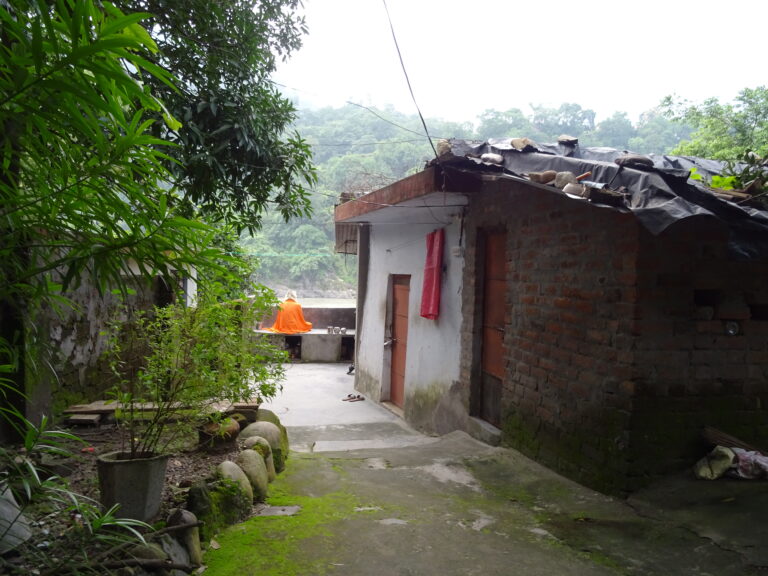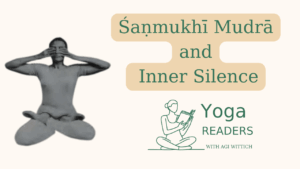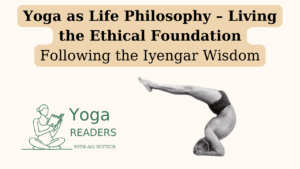
Śavāsana: The Art of Conscious Relaxation
In the vast repertoire of yoga āsanas, Śavāsana (Corpse Pose) holds a unique and profound position. As Geeta Iyengar explains in “Yoga: A Gem

In “Light on Life,” B.K.S. Iyengar shares a profound story of a monk’s path to enlightenment. Frustrated after years of spiritual practice without achieving emancipation, the monk makes a dramatic decision – to climb a mountain with the intention of either finding illumination or perishing in the attempt. With just a backpack of belongings, he ascends toward the summit.
Near the peak, a transformative encounter occurs. The monk meets an old man descending the mountain, and in that moment of eye contact, illumination happens. As Iyengar describes, the monk’s sack falls to the ground, followed by moments of profound silence. When the monk asks what he should do next, the old man’s response is simple yet powerful – through gestures alone, he instructs the monk to pick up his pack and return to the valley.
This story, as Iyengar presents it, illustrates a fundamental truth about spiritual realization – that true illumination often leads us back to serve in the world rather than away from it. While illumination may occur on the mountain, kaivalya (ultimate freedom) is found in the valley of daily life and service.
Connecting this tale to his own journey, Iyengar reveals, “I too live in the valley, in order to serve the needs of my students.” He describes maintaining his yogic practice (sadhana) while staying in contact with asmita, the subtle individual “I” that exists without ego or pride. As a hatha yogi, his mission is to help students “see the sun, to experience their own sun, their own soul.”
Reflecting on his role as a guru (which he notes means from darkness ‘gu’ to light ‘ru’), Iyengar shares that while he might have chosen a path of total reclusion as a sannyasin, he felt called to serve others. “This is my dharma, my enduring duty,” he explains, adding that he must “be content with the divine restlessness that drives me on.”
In his youth, Iyengar aspired to artistic perfection in his practice. He recalls being inspired by violinist Yehudi Menuhin’s hands, thinking, “I want artist’s hands of such quality as that, rather than my coarse ones.” This artistic impulse drove him to develop incredible sensitivity in his practice, though he acknowledges this motivation wasn’t purely yogic but also artistic.
Through this story and his personal reflection, Iyengar illuminates a crucial aspect of spiritual development – that true realization often leads us not away from the world but back into it with a greater capacity to serve. Just as the monk returned to the valley with his enlightenment, Iyengar chose to remain engaged in teaching and service, finding his highest calling in guiding others toward their own light.

In the vast repertoire of yoga āsanas, Śavāsana (Corpse Pose) holds a unique and profound position. As Geeta Iyengar explains in “Yoga: A Gem

In the rich tradition of yoga, Śaṇmukhī Mudrā stands as a profound technique for sensory withdrawal and inner awareness. As Geeta Iyengar explains in

“Yoga is the rule book for playing the game of Life, but in this game no one needs to lose.” This profound statement from
Agi Wittich is a yoga practitioner since two decades, and is a certified Iyengar Yoga teacher. Wittich studied Sanskrit and Tamil at the Hebrew University of Jerusalem, Israel, completing a PhD with a focus on Hinduism, Yoga, and Gender. She has published academic papers exploring topics such as Iyengar yoga and women, the effects of Western media on the image of yoga, and an analysis of the Thirumanthiram yoga text.